
The manufacturing landscape is increasingly competitive, necessitating innovations in production processes to enhance efficiency and reduce costs. One of the pivotal technologies facilitating these advancements is plastic injection molding machines, which play a critical role in various industries, including automotive, consumer goods, and medical devices. According to a report from MarketsandMarkets, the global plastic injection molding machine market is projected to reach USD 20.4 billion by 2026, growing at a CAGR of 4.9% from 2021. This growth underscores the importance of optimizing production processes to maximize output and minimize waste. By leveraging data-driven insights and adopting best practices in the use of plastic injection molding machines, manufacturers can not only improve their operational efficiency but also meet the rising demand for high-quality, cost-effective products. As the industry evolves, understanding how to effectively optimize these machines becomes paramount for staying competitive in a rapidly changing market.
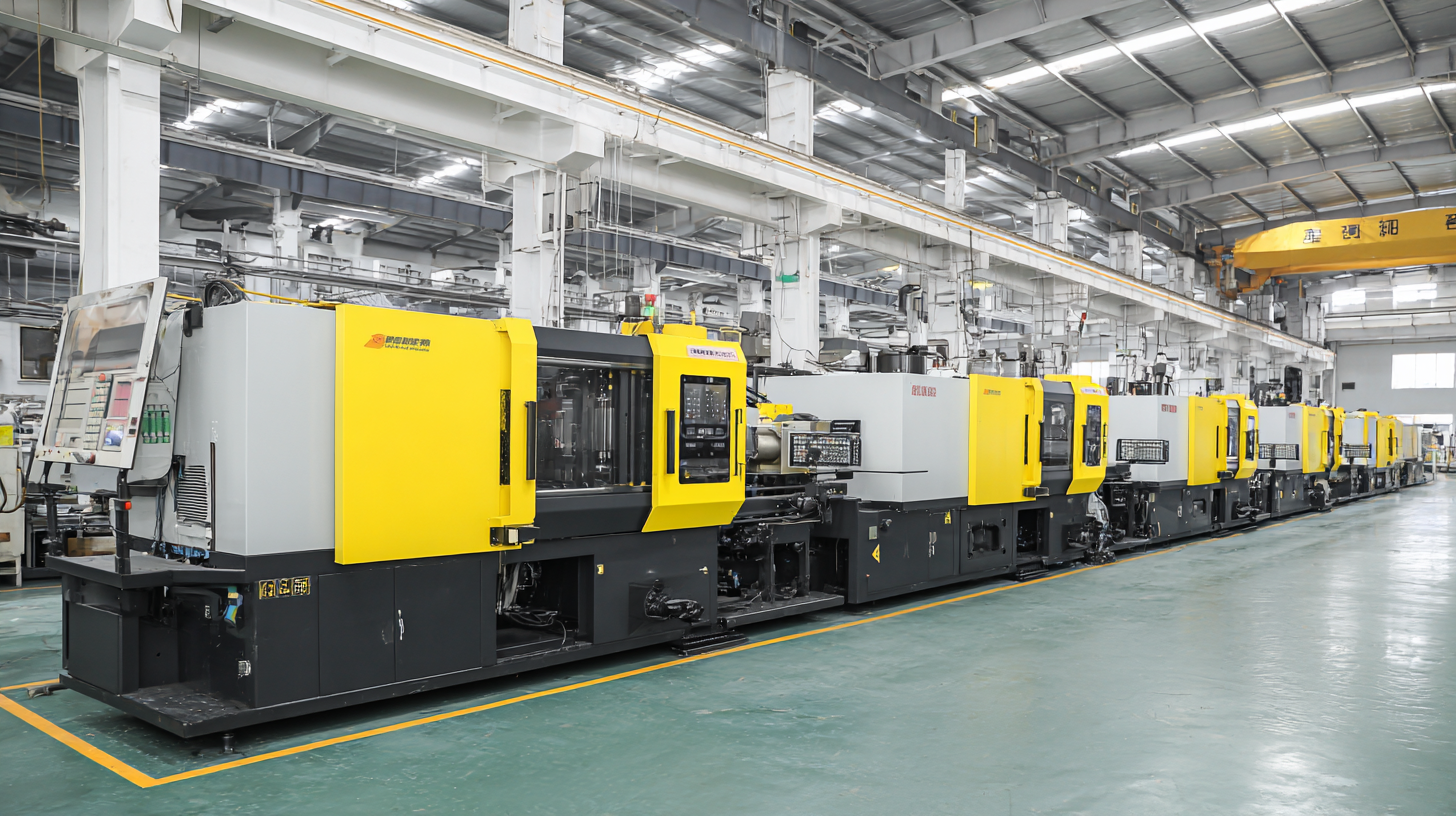
To optimize production efficiency in plastic injection molding, identifying key performance indicators (KPIs) is crucial. KPIs such as cycle time, scrap rate, and machine utilization offer significant insights into operational efficiency. For instance, data from the 2022 Plastics Industry Association report shows that a reduction in cycle time by just 10% can result in a 15% increase in overall production output. Monitoring cycle times can help pinpoint bottlenecks and streamline the manufacturing process effectively.
Additionally, the scrap rate serves as a vital KPI that reflects material waste and production quality. According to a study by Allied Market Research, reducing scrap rates by 5% can lead to cost savings of up to $50,000 annually for an average-sized molding facility. Furthermore, machine utilization metrics help to assess how effectively the injection molding machines are being operated. The same study indicates that optimum machine utilization rates should ideally exceed 85%, which ensures maximum productivity without incurring unnecessary downtime. Adopting these KPIs allows manufacturers to make informed decisions that drive efficiency and profitability in their production processes.
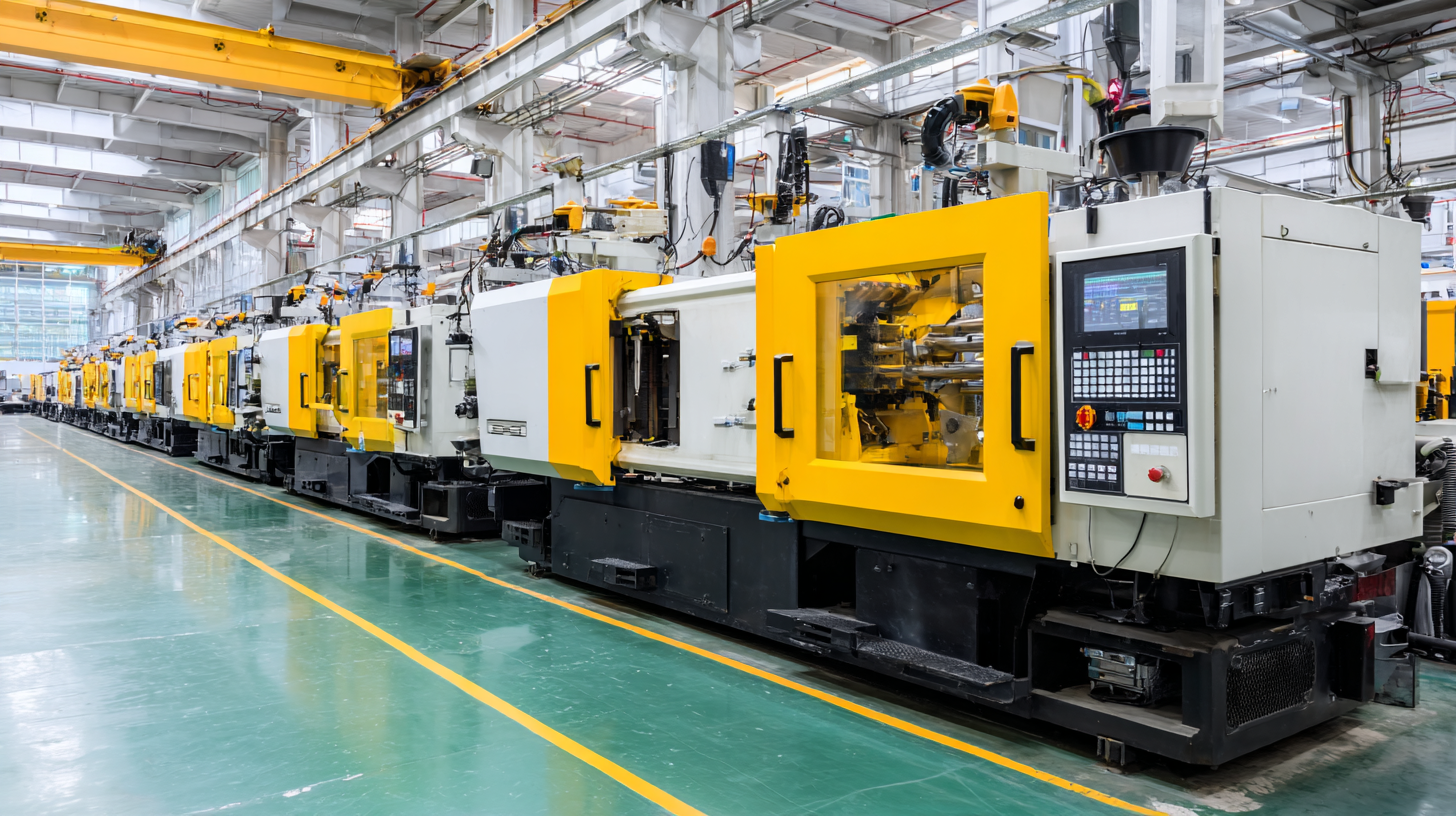
Implementing lean manufacturing principles in the context of plastic injection molding can significantly enhance production workflows, reducing waste and increasing efficiency. According to a report by the Society of Plastics Engineers, companies that adopted lean methodologies saw a 30% reduction in production cycle times. This optimization is essential in an industry where time-to-market can make a substantial difference in competitiveness.
One effective way to implement lean principles is to focus on value stream mapping (VSM), which helps identify non-value-adding activities within the production process. This approach not only streamlines operations but also empowers workers by fostering a culture of continuous improvement. A study by the International Journal of Advanced Manufacturing Technology suggests that organizations employing VSM can improve overall productivity by 25% due to more effective resource allocation.
**Tips:** Ensure regular training for staff on lean principles to maintain a continuous improvement mindset. Conduct frequent audits of the production workflow to identify bottlenecks and areas for potential gains in efficiency. By actively engaging your team in lean initiatives, you can cultivate a proactive approach to problem-solving that leads to sustainable improvements in production processes.
The integration of advanced technologies in plastic injection molding is revolutionizing production efficiency by enabling real-time monitoring and data analysis. With the implementation of IoT devices and sensors, manufacturers can track machine performance, material usage, and cycle times instantly. This immediate access to data allows for swift adjustments, minimizing waste and maximizing output. For instance, predictive maintenance can be performed by analyzing machine data trends, reducing downtime and prolonging equipment lifespan.
Moreover, sophisticated data analytics tools provide deeper insights into operational processes. By evaluating metrics such as temperature, pressure, and injection speed, companies can identify bottlenecks and optimize their workflows. Machine learning algorithms can analyze historical production data to predict future trends, allowing firms to better prepare for demand fluctuations. This proactive approach not only streamlines operations but also enhances the overall quality of molded products, confirming the importance of advanced technologies in the modern manufacturing landscape.
| Metric | Value | Unit |
|---|---|---|
| Cycle Time | 25 | seconds |
| Production Rate | 1200 | units/hour |
| Material Cost | 0.05 | USD/unit |
| Energy Consumption | 1.5 | kWh/unit |
| Downtime | 2 | hours/week |
| Overall Equipment Efficiency (OEE) | 85 | % |
A crucial element in optimizing production efficiency with plastic injection molding machines lies in the training and development of skilled operators. Advanced machinery can only achieve peak performance when operated by individuals who understand both the technology and the complexities of the molding process. Investing in comprehensive training programs that cover machine operations, maintenance, and troubleshooting empowers operators to maximize the capabilities of the equipment, directly impacting production efficiency.
Moreover, fostering a culture of continuous learning and development not only enhances operator skills but also encourages innovation in problem-solving. Skilled operators are more likely to identify inefficiencies, suggest process improvements, and adapt to varying production demands. Implementing regular workshops and hands-on training sessions ensures that operators stay updated on the latest techniques and technologies, which can lead to higher quality output, reduced waste, and overall improved operational productivity.
Effective maintenance strategies and scheduling play a crucial role in minimizing downtime for plastic injection molding machines. According to a report by the Society of Plastics Engineers, unplanned machine outages can lead to significant losses, costing manufacturers approximately $2,500 to $5,000 per hour depending on the complexity of the operations. To combat this, implementing a proactive maintenance schedule is essential. Periodic inspections and timely servicing can reduce the likelihood of unexpected failures, ultimately enhancing production efficiency.
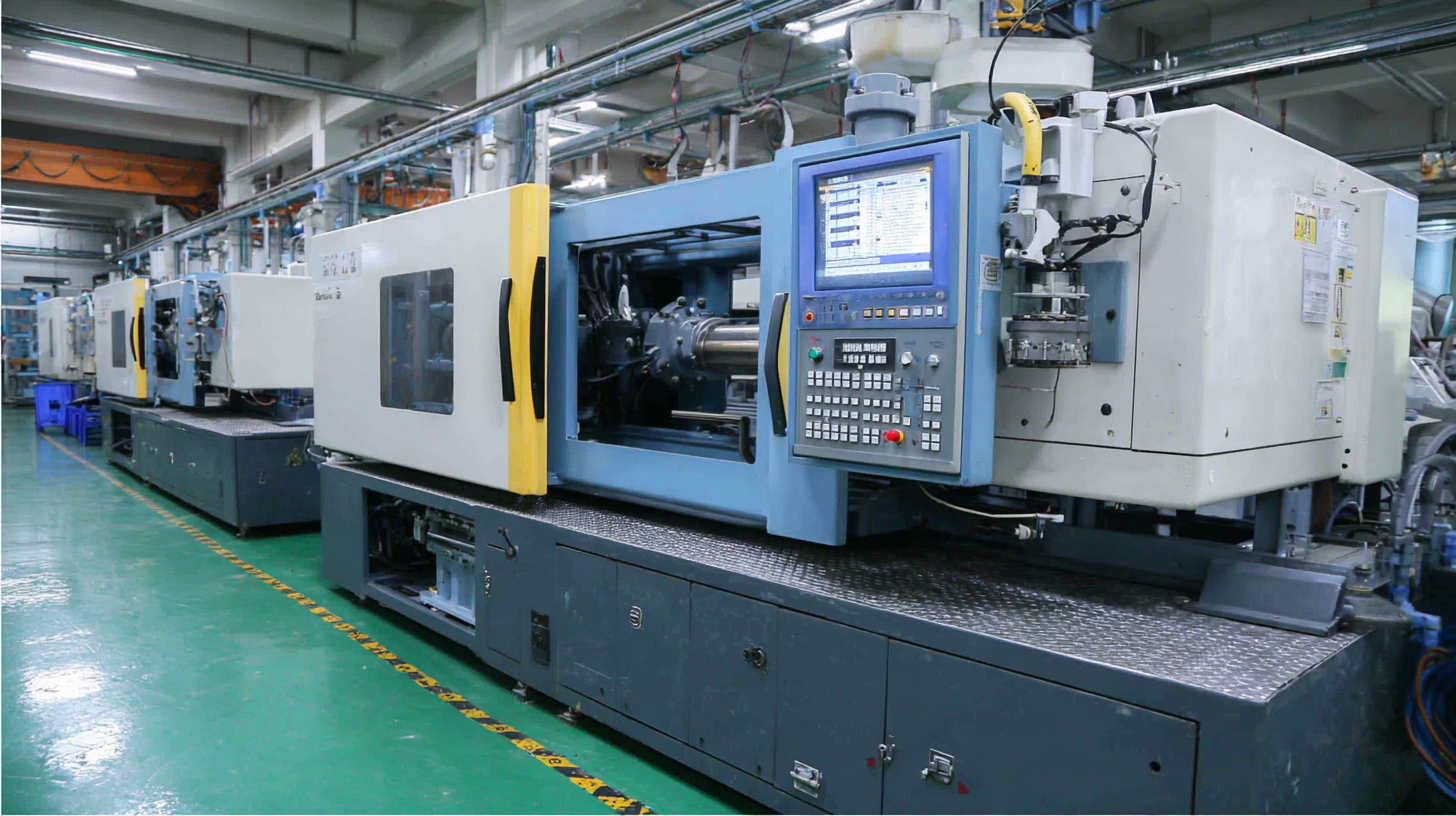
Furthermore, integrating predictive maintenance technologies can provide valuable insights into machine health and performance. Data from the ASTM International indicates that predictive maintenance can decrease machine downtime by up to 30%. By utilizing sensors and data analytics, manufacturers can identify potential issues before they escalate, allowing for scheduled maintenance during non-peak hours, thereby optimizing production schedules and reducing impact on output. This strategic approach not only fosters a more reliable manufacturing environment but also supports overall operational efficiency, helping businesses stay competitive in a demanding market.
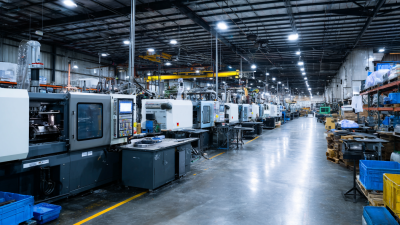

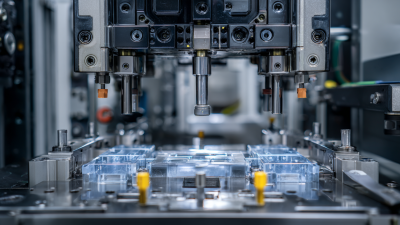
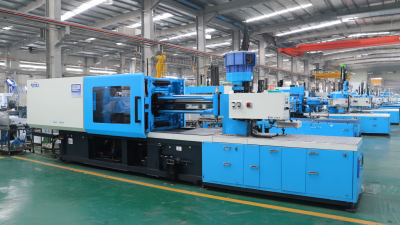

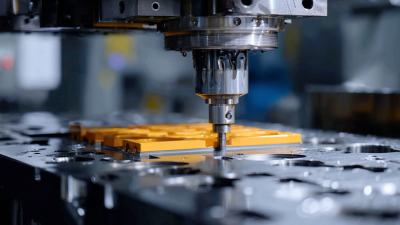
Copyright © 2025 The Toolroom Inc. All Rights Reserved.
Website Design St Louis by IQComputing